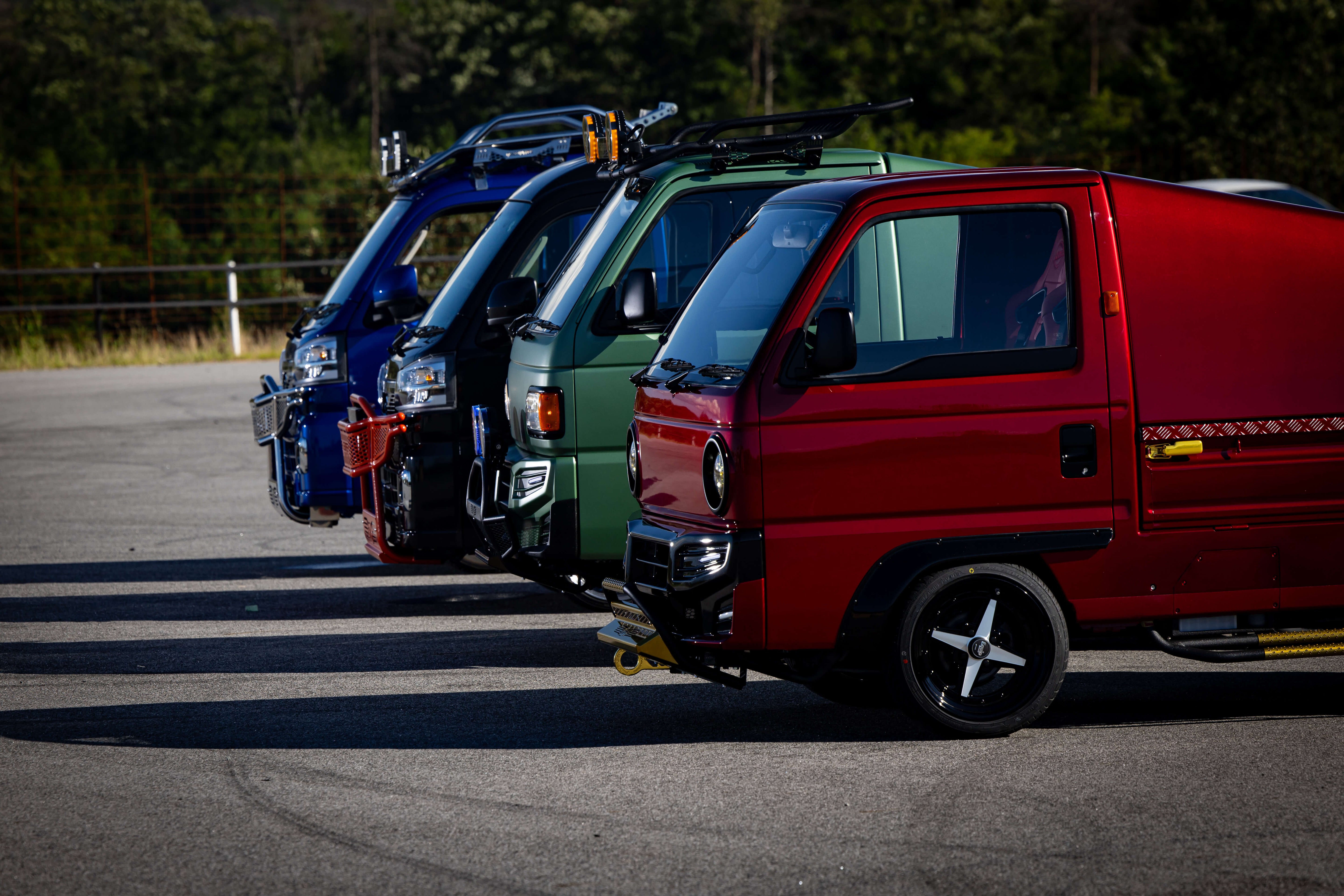Shop Subaru Sambar Parts KS3, KS4
Introduction
In the world of compact utility, where giants like Ford and Chevy often overshadow the conversation, there exists a hidden gem that has been quietly capturing the hearts of enthusiasts and practical-minded drivers alike: the Subaru Sambar truck. But what is it about this unassuming little vehicle that sparks such fervent interest? And why, when you type 'Subaru Sambar truck for sale' into your search bar, do you find yourself transported into a niche community that spans continents and generations? As someone whose father spent half a century working on the assembly lines of Toyota and Nissan, I understand the meticulous craftsmanship that goes into Japanese vehicles. Yet, the Subaru Sambar is a tale of its own—a narrative deeply woven into the fabric of post-war Japan and the global automotive industry.
The Birth of the Sambar
The Sambar, introduced in 1961, was Subaru's answer to a burgeoning need for small, efficient work vehicles. Japan was in the throes of economic transformation, and the streets were teeming with micro-businesses that required a nimble, reliable partner. Enter the Sambar, with its kei truck classification, which means it's a vehicle small enough to save on taxes and navigate Japan's narrow roads with ease. My father often spoke of these kei vehicles with reverence, describing them as the unsung heroes of Japan's economic miracle.
Design and Philosophy
But the Sambar is more than just a product of economic necessity. It embodies a philosophy—a commitment to innovation and efficiency without sacrificing charm. Its design, with a cab-over layout, maximizes utility by providing a surprisingly spacious cargo bed, making it ideal for everything from agriculture to urban delivery. Its rear-engine, rear-wheel-drive configuration not only ensures excellent weight distribution but also enhances its maneuverability. This architectural ingenuity is a testament to Subaru's engineering prowess.
Emotional Connection
Yet, the Sambar's appeal isn't just rooted in its functionality. There's an emotional connection that owners develop with this vehicle, reminiscent of the bond one might share with a loyal pet. It's a relationship forged through shared experiences—those rainy mornings at the farmer's market, the endless hours spent navigating winding rural roads, and the countless times its reliability has saved the day. It's a truck that wears its history proudly, each dent and scratch a badge of honor.
Schedule Your Import Consult and Purchase Kei Trucks Direct From Japan
Western Demand
The demand for Subaru Sambar trucks in the Western world is a fascinating phenomenon. It’s a blend of nostalgia, practicality, and a touch of rebellion against the conventional. In a society where bigger often means better, the Sambar is a delightful contradiction. It's a vehicle that demands attention not through sheer size but through its distinctive character and undeniable capability. The surge in interest from collectors and hobbyists, particularly in the United States, is a testament to a growing appreciation for vehicles that offer something beyond horsepower and towing capacity.
Craftsmanship and Legacy
As I peruse listings for a Subaru Sambar truck for sale, I'm reminded of the stories my father shared about these vehicles. How they were built with care, each component meticulously tested to ensure it met stringent quality standards. How, despite their small size, they were designed to withstand the rigors of daily use. And how their simple, yet effective design has allowed them to endure for decades.
Conclusion
But buying a Sambar isn't just a transaction—it's an investment in a piece of automotive history. It's joining a community of like-minded individuals who value craftsmanship and authenticity over flashy marketing and oversized engines. And while the process of importing one might seem daunting, with the right guidance, it becomes a journey worth taking.
So, if you find yourself searching for a Subaru Sambar truck for sale, know that you're not just purchasing a vehicle. You're embracing a legacy, one built on the principles of efficiency, resilience, and innovation. A legacy that my father, and many others like him, dedicated their lives to creating. And perhaps, as you drive your Sambar down the road, you'll feel connected to that legacy, becoming a part of the ongoing story of a little truck that could.


